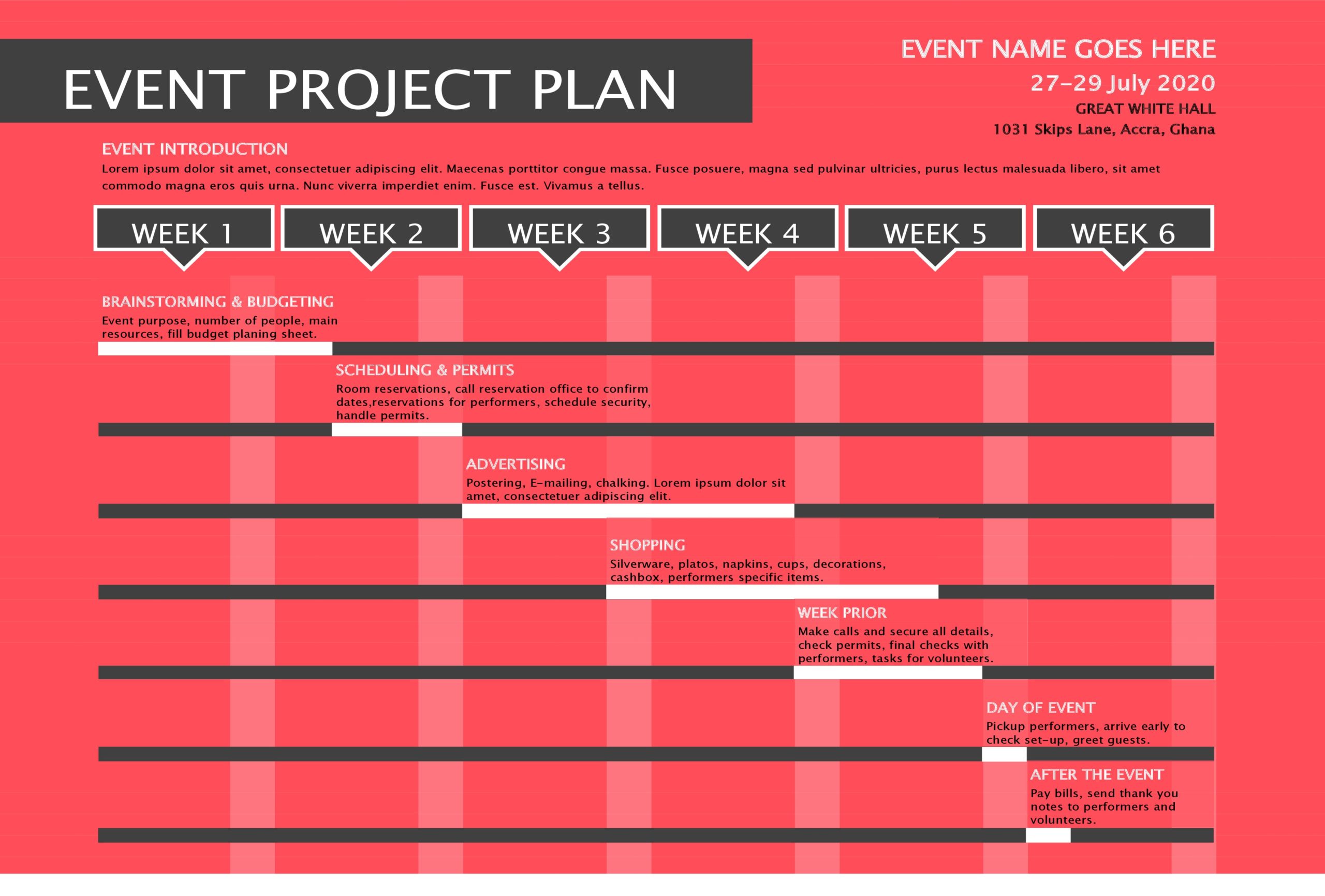

To keep attendees engaged, Grace recommended limiting presentations to 15-20 minutes, reserving plenty of time for live Q&A, embedding interactive features like polls and chat, and building in regular breaks to prevent "Zoom fatigue." Making networking a priority meant structuring opportunities for attendees to connect, such as matchmaking services, private video chat rooms, online lounges, and discussion forums. Grace also incorporated gamification into the event with leaderboards, achievements, and prizes. Her team focused on creating an engaging stream of content, including a mix of live keynotes, panel discussions, hands-on workshops, and networking opportunities. She started by choosing a video conferencing platform that could support a large number of attendees with robust features like live streaming, Q&A, polling, and breakout rooms. Grace knew that successfully pivoting to a virtual event would require rethinking every aspect of the planning process. How could they recreate the experience of an in-person event for an online audience? For marketing manager, Grace Hopkins, planning her company's annual developer conference was filled with uncertainty.

In-person events have been canceled, forcing organizations to find new ways to engage their audiences. The COVID-19 pandemic has fundamentally changed how we interact. Stay on top of your performance and make data-driven decisions. Optimize your marketing campaigns with Tracup's free tracking templates.


 0 kommentar(er)
0 kommentar(er)
